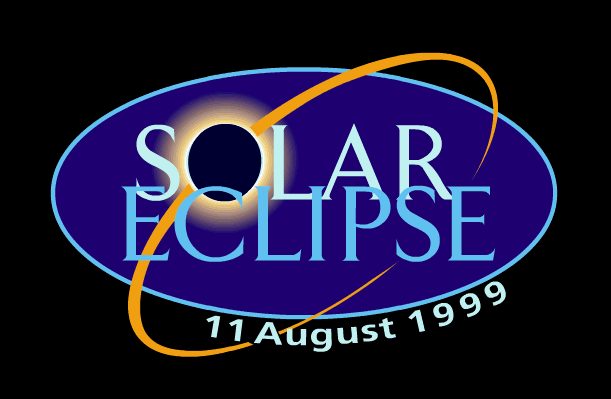 The
day before the eclipse, Tuesday 10th August
The
day before the eclipse, Tuesday 10th August The
day before the eclipse, Tuesday 10th August
The
day before the eclipse, Tuesday 10th August
It is essential to have at least one non-eclipse day reference in
order to see what difference the eclipse made. It is also helpful to have
a dry run the day before.
This must be for the same time of day, the same broadcast
over the same frequencies and the same link as you
intend to do on eclipse day.
Having made prior arrangements with your contact about broadcasting
times, you'll want to be ready to start by 8:30 or 9:00 am (British Summer
Time, BST).
Remember Continential Countries local time will be 1 hour ahead.
On the eclipse day, about 40-30 minutes before of the moment of totality for the radio signal, things will hopefully change much more rapidly. At this time you may want to make observations more often.
If at anytime your reception was affected by interference from another
station, please note it down when it occurred.
If you cannot give your signal strength readings in dB (dB above noise)
then use whatever units are on your S-meter is fine.
This experiment is ideal for those with computer control of their rigs. But can equally well be done by hand.
If things go wrong you can always do this reference day again , but the day after the eclipse.